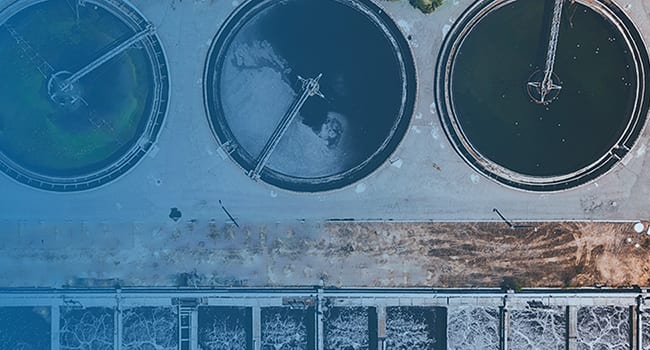That’s where you’ll find early telltale signs of its genetic signature.
University of Alberta water expert Steve Hrudey is helping lead the charge to test for coronavirus at Canada’s water treatment plants.
As chair of the National Research Advisory Group under the Canadian Water Network, he’s spearheading co-ordination of a pilot project to assess the viability of a national COVID-19 wastewater surveillance system.
Hrudey rose to national prominence as a key panel member for the Walkerton Inquiry after E. coli contamination in the Ontario town’s water supply killed seven people and sickened 2,300, almost half the town’s population, in May 2000.
He said the biggest benefit of testing wastewater is that it reveals the presence of the virus even before cases are confirmed in a community, since those who haven’t been tested, with mild or no symptoms, still shed the virus through urine and feces.
Wastewater can also tell you if the virus returns to a municipality after infections appear to diminish.
“The fact you can detect coronavirus when there’s a very low signal in a community suggests it could potentially be an early warning system,” said Hrudey, who is a professor emeritus in the Faculty of Medicine & Dentistry.
Public health experts have been using the technology for decades, partly to gauge the success of vaccination campaigns. The World Health Organization has used it to track polio and SARS.
During the current pandemic, the Dutch used the method early on, finding the virus in some communities with no reported cases. After finding it in cities such as Amsterdam and Utrecht, they looked for the virus in the wastewater of remote towns without any known cases of COVID-19. They found it up to six days before any cases were confirmed.
Coronavirus has also been detected in wastewater in the United States, Sweden, Australia, France and Spain.
Australia announced last week it will begin using the method in Victoria in June, after testing it in Queensland.
“It might tell us about places where we’ve got gaps in surveillance, that people need to come forward for testing or we need to look harder for active cases,” said Victoria’s chief health officer, Bret Sutton.
Since testing individuals for COVID-19 is proving a huge challenge – it’s next to impossible to test everyone – wastewater could provide a valuable window on where the virus is moving, said Hrudey.
The biggest challenge is organizing on a national, even global, scale, he said, and there are efforts afoot to do just that. The Canadian Water Network is aiming to partner with Australia, South Africa, the U.S. and Holland as part of the Global Water Research Coalition.
“It’s really well positioned with key players in other countries,” allowing for crucial comparisons of data, Hrudey said.
Early studies suggest the coronavirus isn’t infectious by the time it enters the sewer – it’s unlikely that it survives in wastewater. What researchers are looking for is the virus’s genetic signature. By sifting out genetic fragments (RNA), they can read its sequence and determine the type of virus present.
Part of Hrudey’s challenge will be convincing municipal water employees that testing is safe and won’t require protocols beyond “the usual sensible, personal protective activities they have to do for handling sewage anyway because it contains many enteric pathogens.”
It will take some time before scientists can accurately gauge from wastewater samples exactly how many people are infected in a community, because individuals shed the virus at differing rates. But samples can shine a light on trends – whether the virus is rising or falling, and whether officials need to impose new public health restrictions.
“If we can establish consistency at different locations – the correlation between what you measure in the sewage and what is measured in clinical samples – that gives us a different, independent measure to let public health decision-makers know what’s happening over time,” said Hrudey.
“And it does so with a very efficient sampling strategy,” he added. “Instead of having to do tens or hundreds of thousands of individual clinical tests, you’re getting that signature with a handful of samples.”
The Canadian Water Network and Hrudey’s group are now assembling proposals for governments, arguing that the cost for a co-ordinated, national surveillance system is “a low-risk investment with a potentially high-reward outcome.”
He estimates a national project would cost about $1 million, depending on the number of sites participating, since wastewater sampling is already routine practice in treatment plants for other regulatory purposes.
Geoff McMaster is a University of Alberta Folio writer.
The views, opinions and positions expressed by columnists and contributors are the author’s alone. They do not inherently or expressly reflect the views, opinions and/or positions of our publication.



